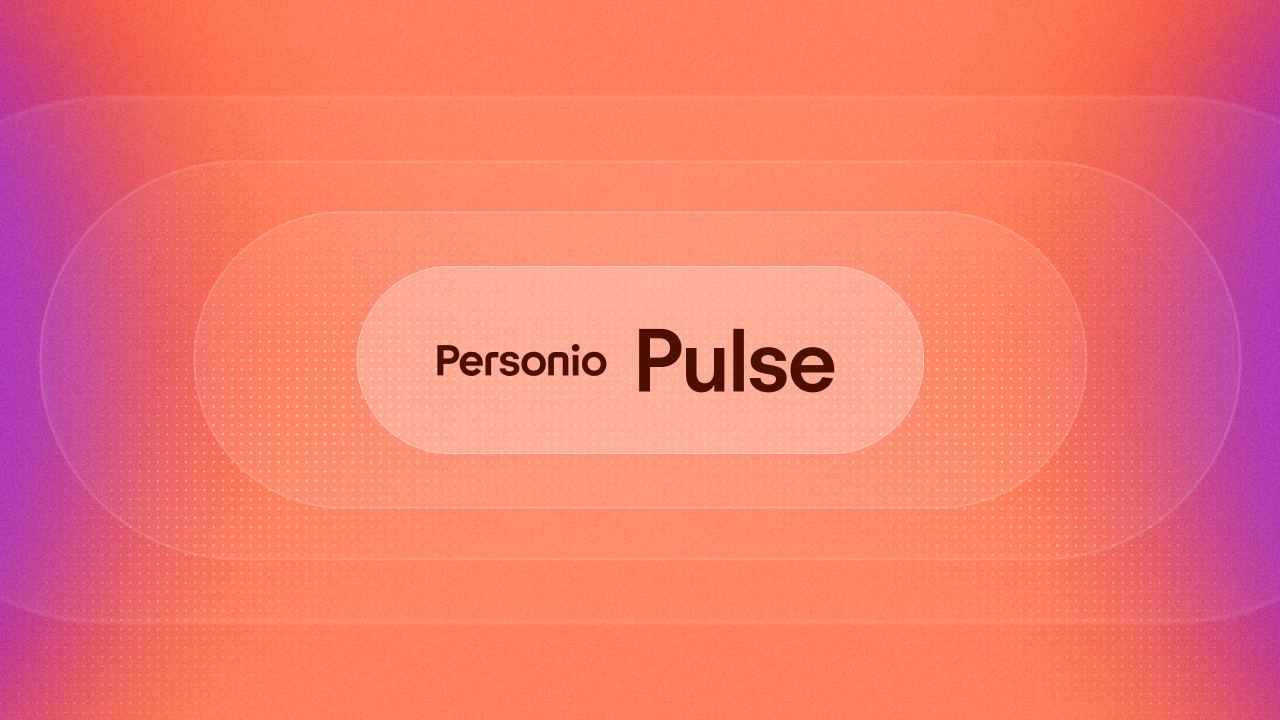
Our weekly HR newsletter
Stay ahead with the latest in HR, delivered straight to your inbox.
Subscribe here18. September 2025
HR trends and what they mean: The Expectation Gap

Welcome to Personio Pulse: This Week in HR, where each week we take a look at the latest trends in the world of work, what you need to know about them, and what they mean for you as an HR professional.
This week, we're diving into the growing disconnect between employee expectations and what organizations are delivering — a gap that's driving turnover and creating significant financial consequences for businesses.
What you need to know
Do your employees have one foot out the door? According to Personio's 2025 Workforce Pulse report, more than half (51%) of European employees are considering a job change within the next year, highlighting a significant gap between what workers expect and what organizations provide.
This mismatch is costly. Personio's research reveals that mis-hires, ineffective learning investments, skills mismatches, inadequate workforce planning, and preventable turnover have cost scaling businesses an average of €274,515 in the past year alone.
While better pay (30%) remains the top reason employees look elsewhere, other factors like stressful environments (29%), poor work-life balance (27%), and limited career progression (26%) follow closely behind. Meanwhile, 39% of HR leaders identify talent shortages as their organization's biggest risk this year.
What others are saying about it
The expectation gap reflects a fundamental shift in how employees view their relationship with work. Lenke Taylor, Chief People Officer at Personio, explains:
"The workplace is changing and employees are no longer willing to settle for outdated norms. They want flexibility, opportunities to grow, and workplaces that adapt to their needs. When these expectations aren't met, people vote with their feet. More than half (51%) of employees are considering a job change within the next year according to the 2025 Workforce Pulse Report — not because they're inherently restless, but because there's a growing disconnect between what they need to thrive and what their current workplaces provide."
What that means for you
To bridge the expectation gap and reduce costly turnover, HR teams should focus on three key strategies that address what employees are actually looking for:
Prioritise AI skills development: With only 36% of employees receiving adequate AI training, create targeted programs that help workers adapt to technological changes and feel secure about their future.
Embrace skills-based approaches: Follow the 66% of HR leaders now prioritising aptitude over credentials by revising recruitment and promotion processes to focus on potential rather than traditional qualifications.
Rethink flexibility beyond location: Recognise that employees want control over how they work, not just where. Focus on measuring outcomes rather than monitoring schedules or office attendance.
What else should I read?
• The 2025 Workforce Pulse report
• Combating AI Fatigue: How to support employees to adapt to AI
• HR trends and what they mean: Rising leave requests
Want more from Personio?
Join our HR community | Book a free demo | Start your free trial

Elena Schäuble
Elena Schäuble is a Corporate Communications Specialist at Personio, tracking trends that redefine work. She focuses on understanding the needs and challenges of new generations entering the workforce, exploring trends that organizations can embrace to support their growth and success.

